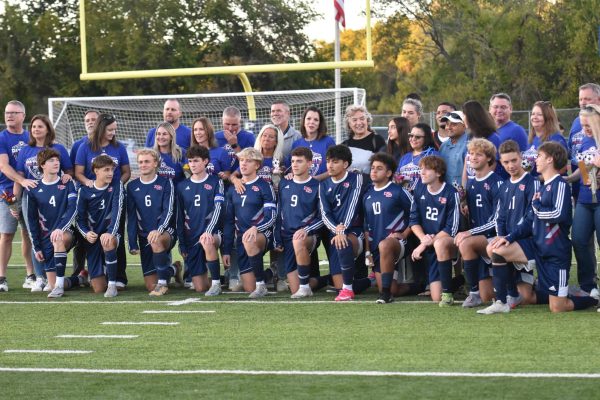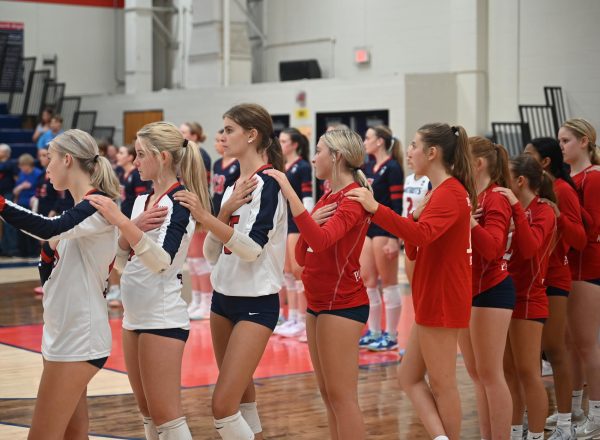Concussions
In sports today, injury is almost inevitable. Ranging from broken bones to a small bruise, almost everyone has suffered from an injury at some point in their life.
Among high school athletes, one of the most common sports-related injuries is concussions. A concussion is caused by a sudden direct blow or bump to the head. It is reported that 1 out of every 5 high school athletes will sustain a concussion at some point during the season.
This a scary realization considering the fact that receiving a concussion can leave you with lasting effects. Professionals have compared these effects to the symtptoms of Parkinson’s Disease.
Athletes and other people who experienced a concussion have reported memory loss as well as attention deficits. Even Parkway South’s own varsity cheerleader, Junior Kaylee Kneemiller, has noticed a difference following her concussion during the early fall season after suffering a knee to the head.
“I stutter sometimes. My friends say it’s not a result of the concussion but I think it is,” Kneemiller said.
After being diagnosed with her third concussion, Kneemiller said she was advised by a doctor to restrain from cheer for about a month. However some people aren’t as lucky.
Concussions have been reported to last anywhere from a couple hours to multiple weeks. Whether the injury is long or not, it is important to report it sooner than later.
Varsity football coach Joe Rosewell said that he’s had players who significantly extended their injuries by not alerting him right away.
“Sophomore Blake Stone didn’t say anything so it [his concussion] got worse and worseand by the time he was diagnosed, he was out for the remainder of the season,” he said.
“Not reporting these injuries are becoming less and less common. Players are starting to realize that the sooner they say something, the sooner they can get back to playing,” said Rosewell.
Although these rather long concussions like Stone’s are most common among football and basketball players, junior Emily Komorek suffered one of these lengthy injuries while at a field hockey practice.
“When I went to take a shot my goalie came out of the goal and kicked my shot into my face and hit me right under the eye,” said Komorek. She followed up by saying,
“I was out for the rest of the season, 3 months total,” she said.
Injuries like that must be terrifying to experience for both the player and the team as a whole; but how can we prevent them?
Steps that athletic associations can take to help keep their athletes safe and healthy include a variety of options.
One of the simplest things you can do as a coach to keep your players safe is to always make sure they’re wearing their equipment properly. Requiring your athletes to always wear helmets and other protective gear can eliminate the possibility of injury almost entirely.
The rest of danger can be erased by simply practicing good sportsmanship. By keeping a level head and being friendly, it will keep you from doing something stupid out of anger which results in injury.






